見圳客戶端·深圳新聞網(wǎng)2021年3月19日訊(記者 羅嘉欣 張喆 李丹璐 張玲 )這里有碉樓古井、水塘宗祠,這里也有客家排屋、農(nóng)田花海、版畫工坊。白墻黛瓦、石板路悠悠,聽取蛙聲一片……嶺南特有的古村風(fēng)貌在這里得到完整保留——這里就是深圳十大古村落之一的觀瀾版畫村。
(English Edition)
There are not only watchtower and well but also ancestral temple and terraces. The unique ancient village style of Lingnan has been completely preserved, here is Shenzhen Guanlan Print Village, one of the top ten ancient villages in Shenzhen.
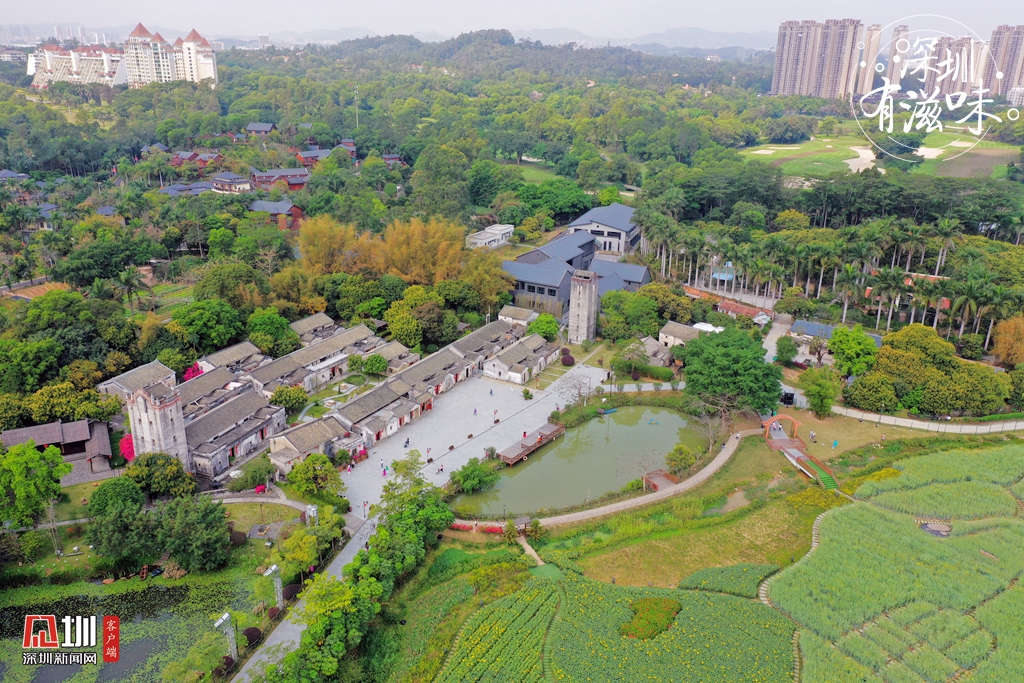
航拍深圳龍華觀瀾版畫村。
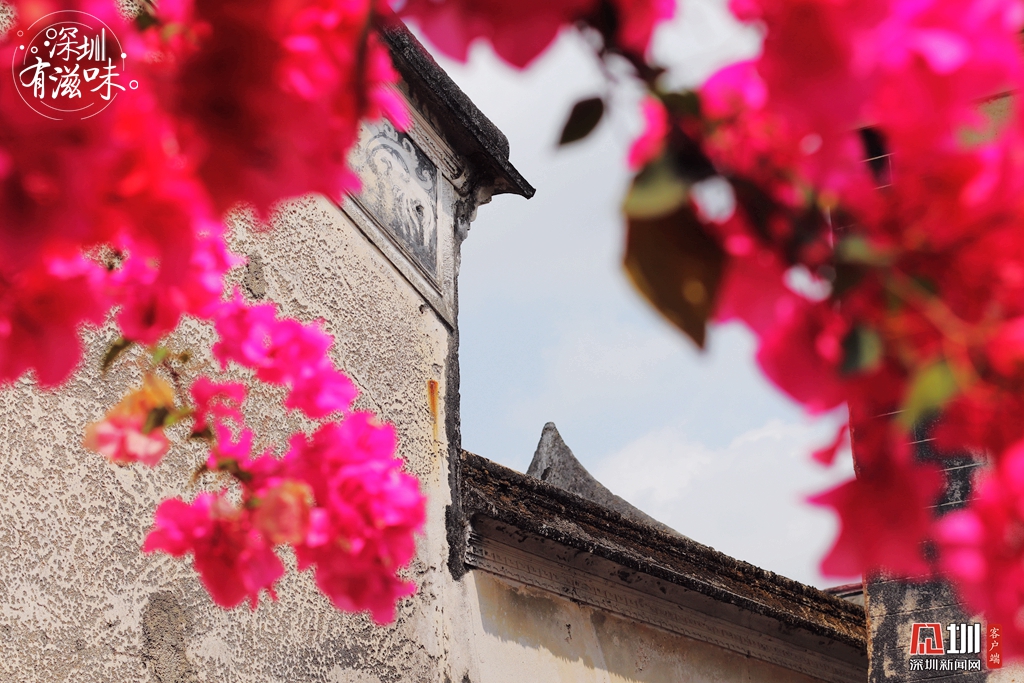
簕杜鵑和觀瀾版畫村客家老宅搭配起來,就是雅致。

靜下來,感受美。

版畫工坊建筑外觀一角。
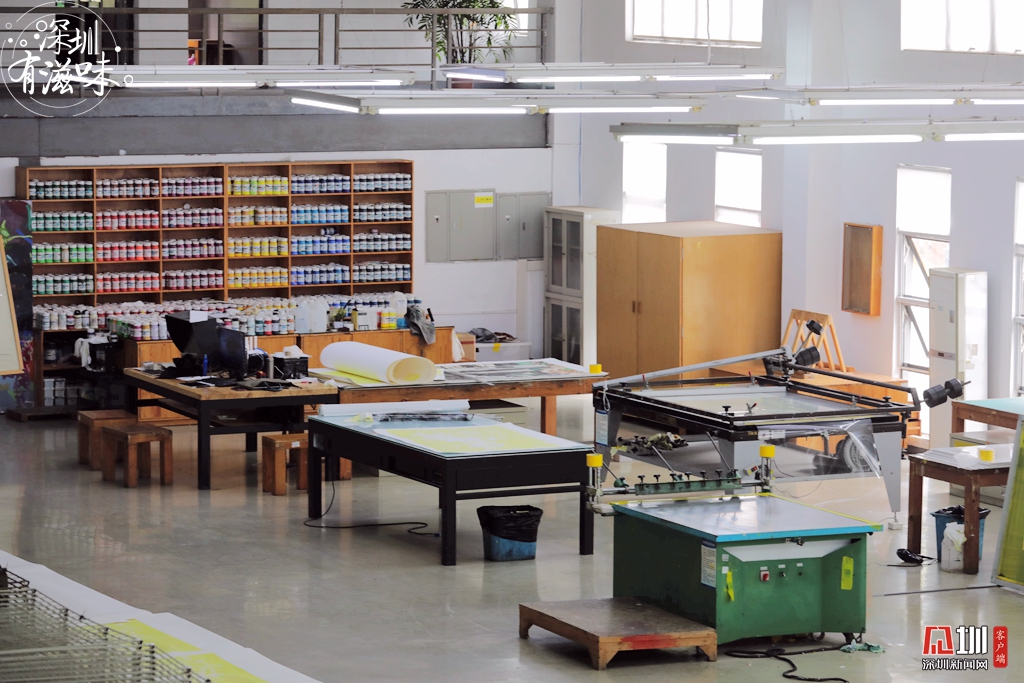
圖為版畫工坊內(nèi)部。制作版畫,要用到不少工具。
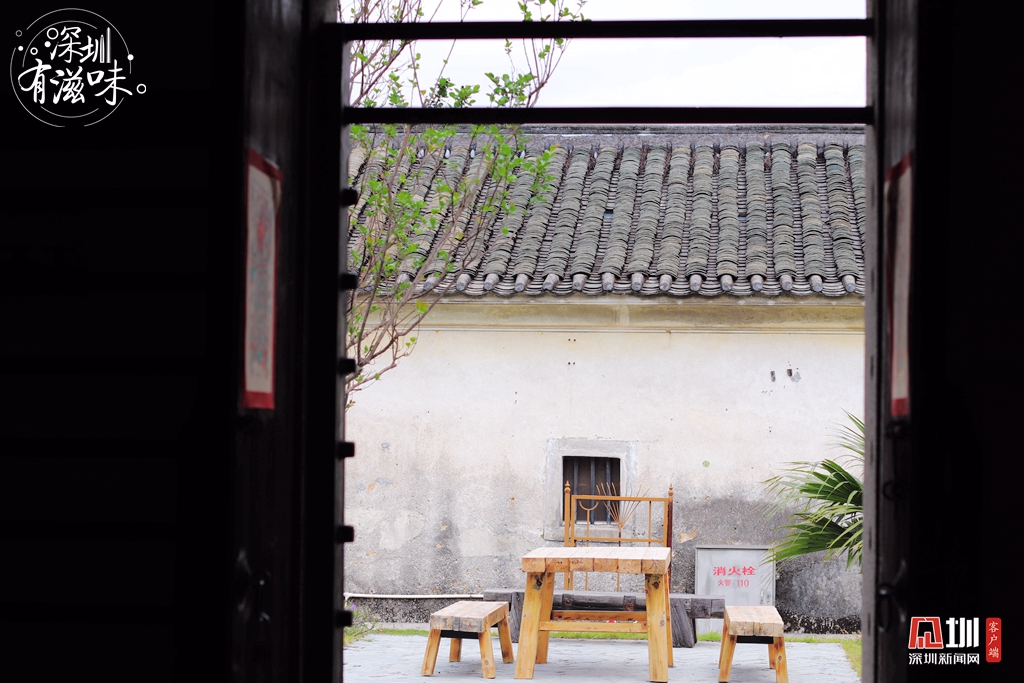
從老房子看戶外空間。
觀瀾版畫村的前身名叫大水田村,總規(guī)劃面積達(dá)140萬平方米,其中中心區(qū)面積為31.6萬平方米,矗立著兩棟碉樓和多座排屋,是深圳特色文化街區(qū)。
Guanlan Print Village, formerly known as Dashuitian Village, has a total area of1.4 million square meters, with a central area of316,000 square meters. It is a distinctive cultural block in Shenzhen.
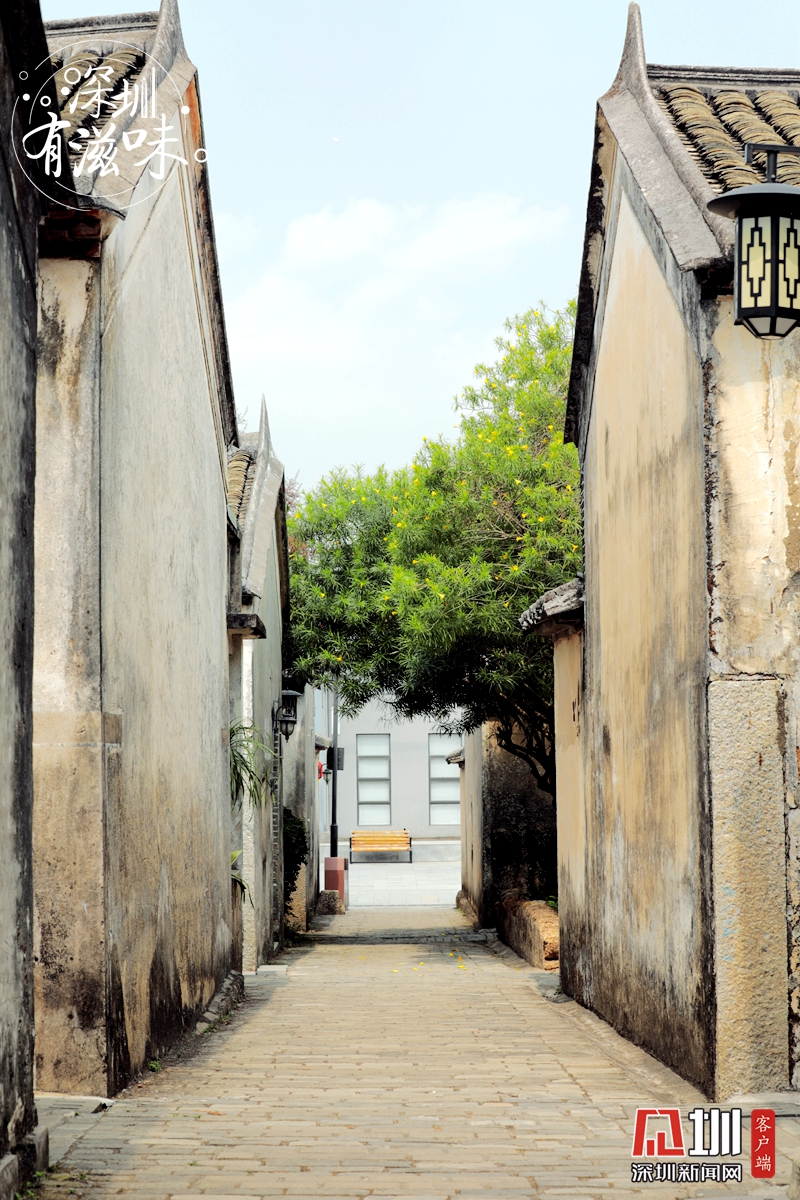
淡雅色系的客家老宅,為綠植的出鏡創(chuàng)造了完美的背景。
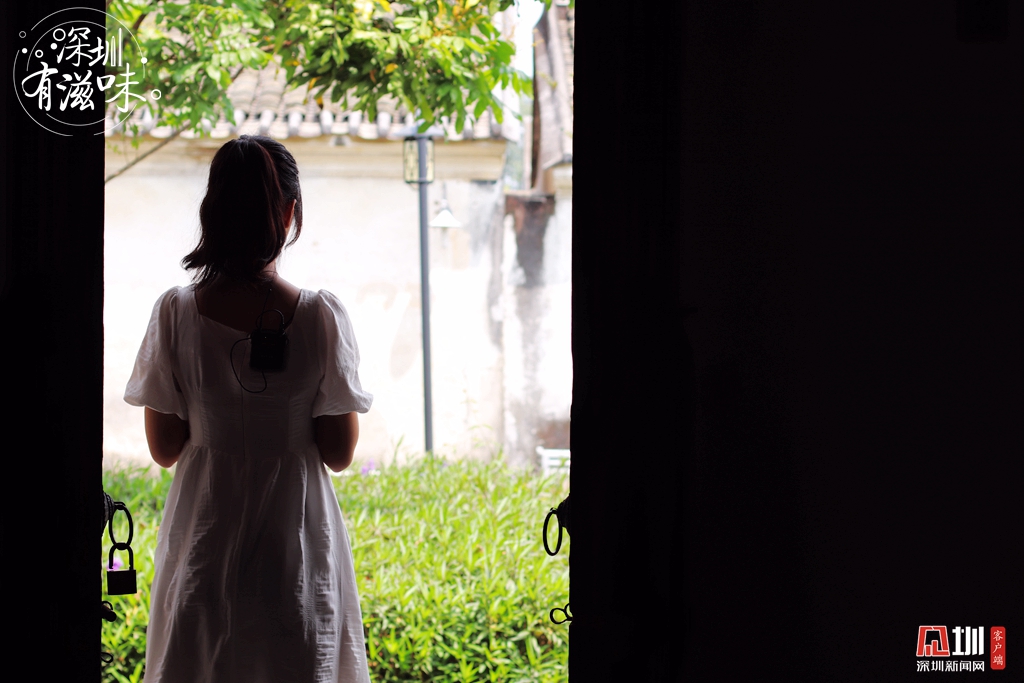
深圳新聞網(wǎng)雙語出鏡記者羅嘉欣,此刻已忘言,只留給攝影師一個背影。
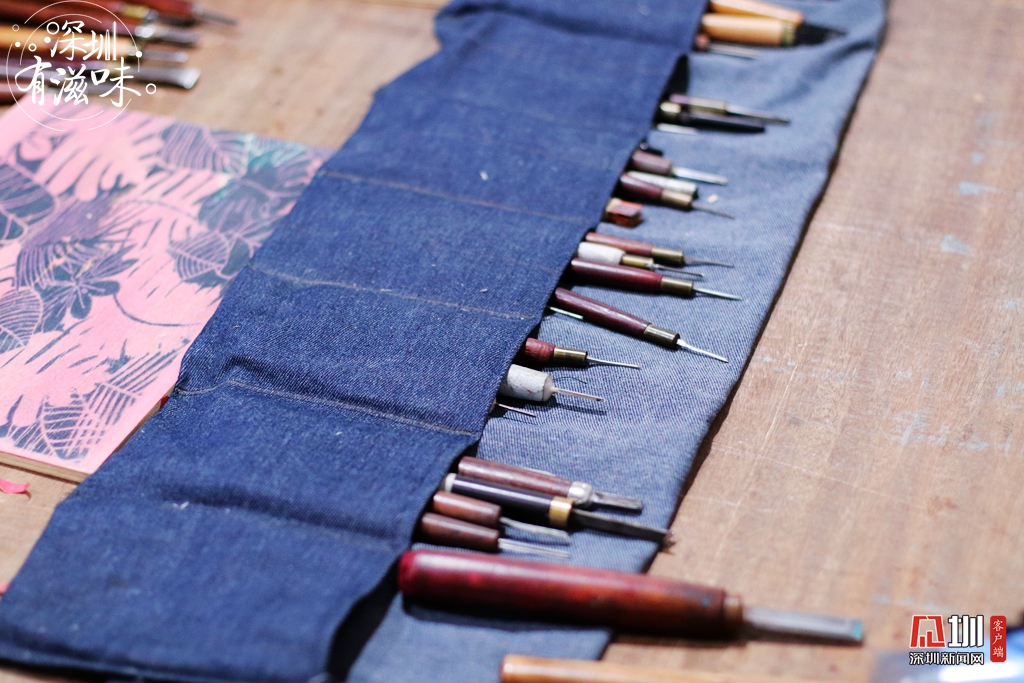
木刻版畫需要用到的不同尺寸刻刀。

記者到觀瀾版畫村洪濤工作室體驗(yàn)?zāi)究贪娈嬛谱鞴に嚒?/p>
圖為洪濤老師正在修正記者的作品。

恣意的美。

走在觀瀾版畫村。
客家文化源遠(yuǎn)流長,最早可追溯至魏晉南北朝時期。在版畫村,整齊排列的排屋也是極具客家民居代表性的一種形式,這種將碉樓和排屋相結(jié)合的傳統(tǒng)民居建筑,在當(dāng)時可以有效地抵御外敵。
Hakka culture has a long history and can be traced back to the Wei, Jin and Southern and Northern Dynasties. In Print Village, the orderly rows of terraced houses are also a very representative form of Hakka dwellings. This kind of traditional residential buildings combiningwatchhall and terraces could effectively resist foreign enemies at that time.
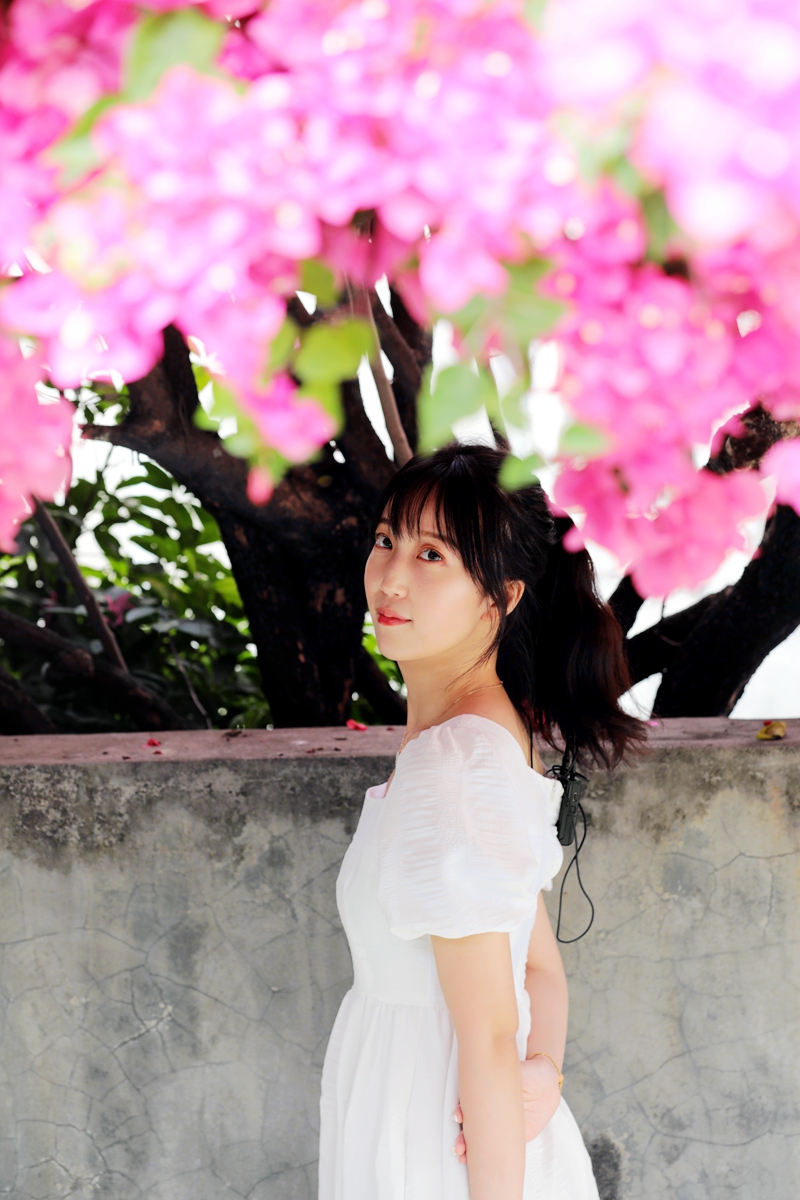
人比花嬌。
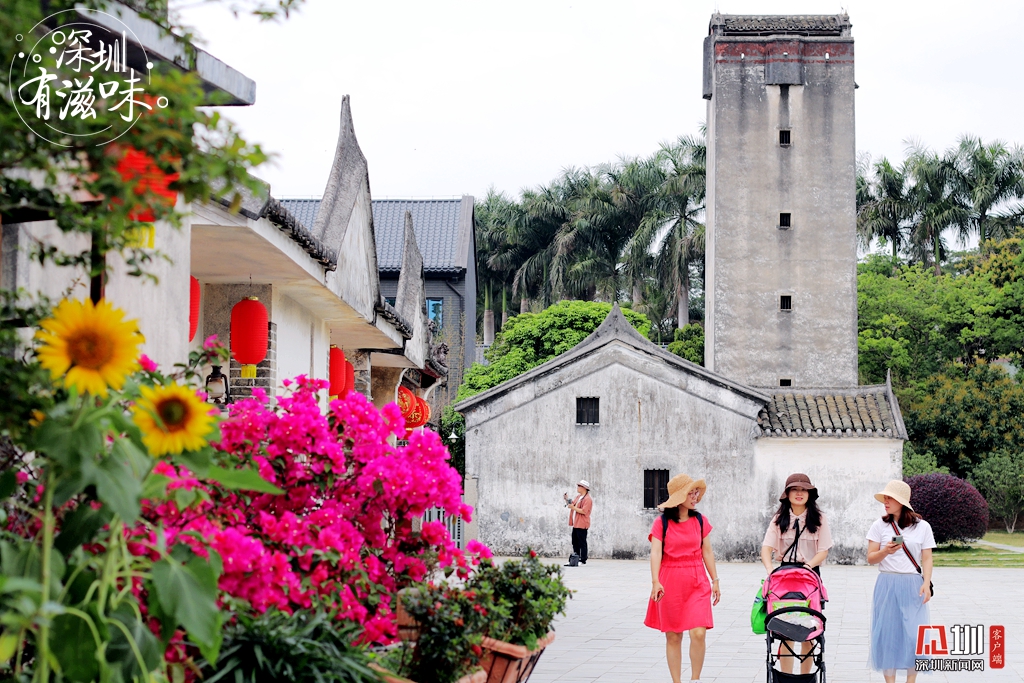
只是隨便走走,已是美好消遣。
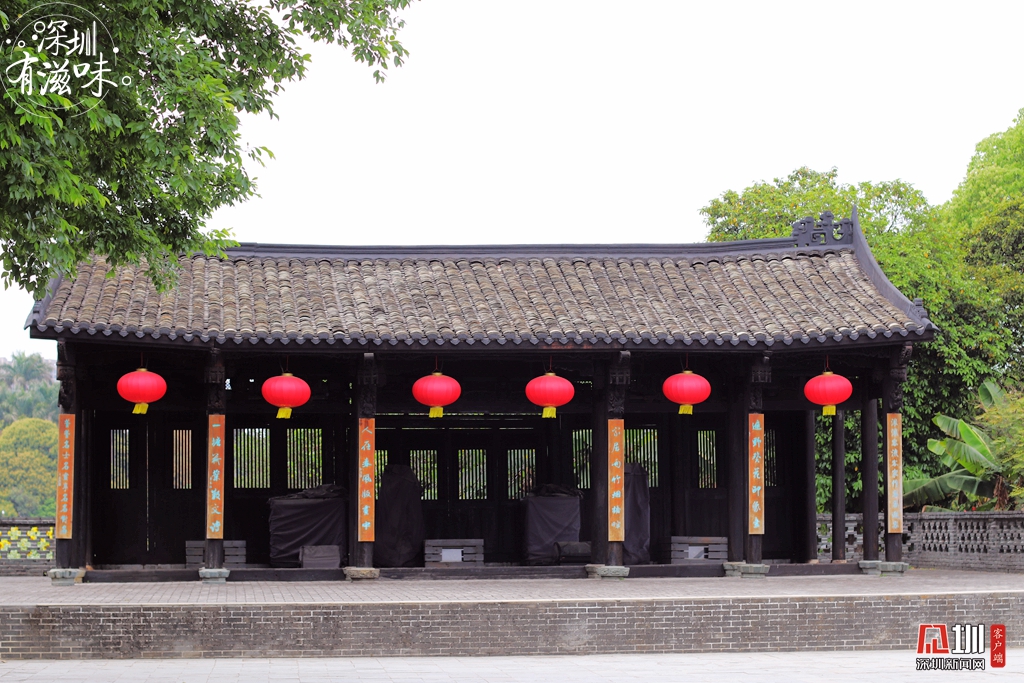
距離觀瀾版畫村入口處不遠(yuǎn),有一個戲臺。
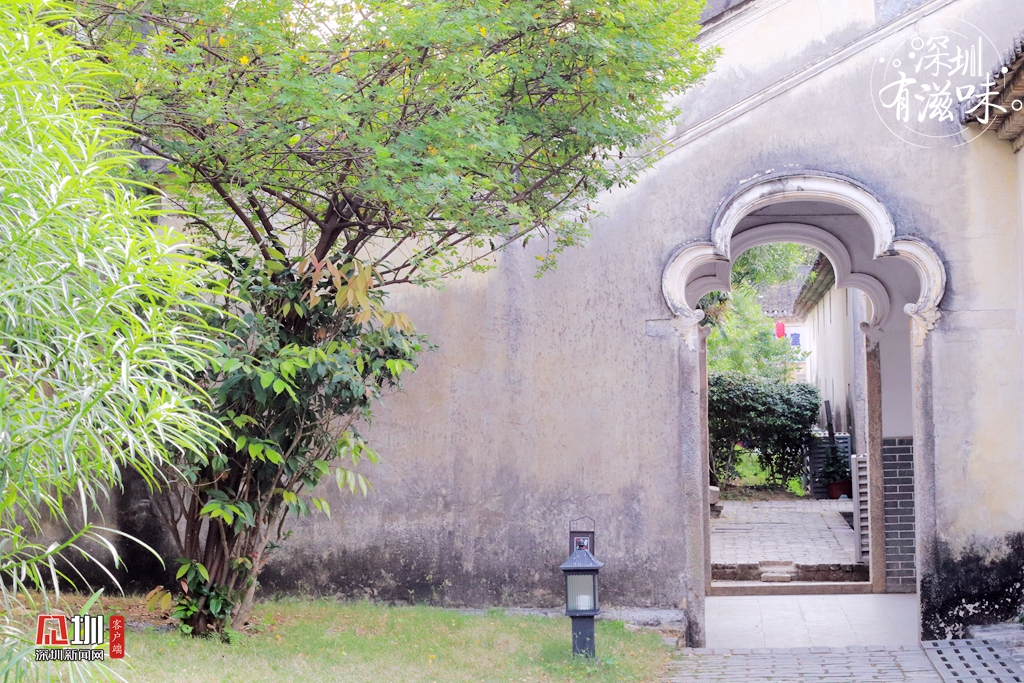
觀瀾版畫村的傳統(tǒng)建筑與園林搭配起來賞心悅目。
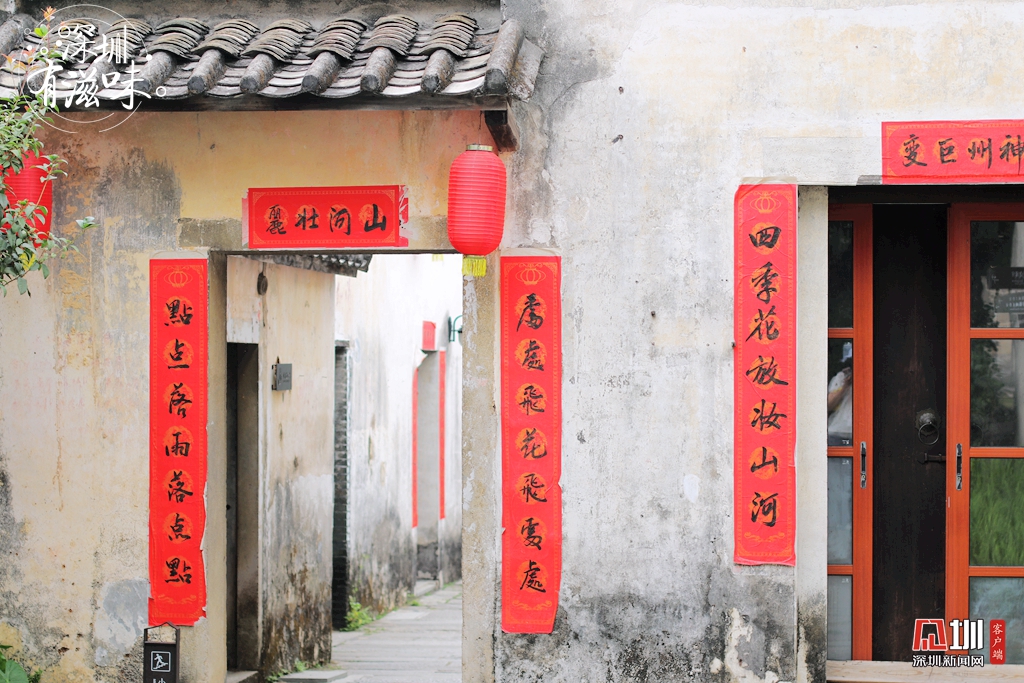
春聯(lián)也透著一股喜氣。
版畫在我國同樣有著悠久的歷史,最早可追溯到唐代《金剛經(jīng)》雕版佛經(jīng)佛畫。觀瀾是中國第一代版畫家陳煙橋的故鄉(xiāng),觀瀾版畫村中心區(qū)域便是觀瀾版畫工坊,自建成以來,已經(jīng)吸引了全球98個國家超過1000位藝術(shù)家在這里進(jìn)行版畫創(chuàng)作。
China has a long history of print. The earliest Chinese prints can date back to the“Diamond Sutra”which is an engraving of Buddhist patinting of Buddhist scripture made in the Tang Dynasty. In the center of Guanlan Print Village is the Guanlan Print Workshop, which has attracted more than1,000 domestic and foreign artists from98 countries to create prints here since its establishment.

牛年刻牛。版畫家洪濤老師示范如何用小滾筒給木板上黑色油墨。
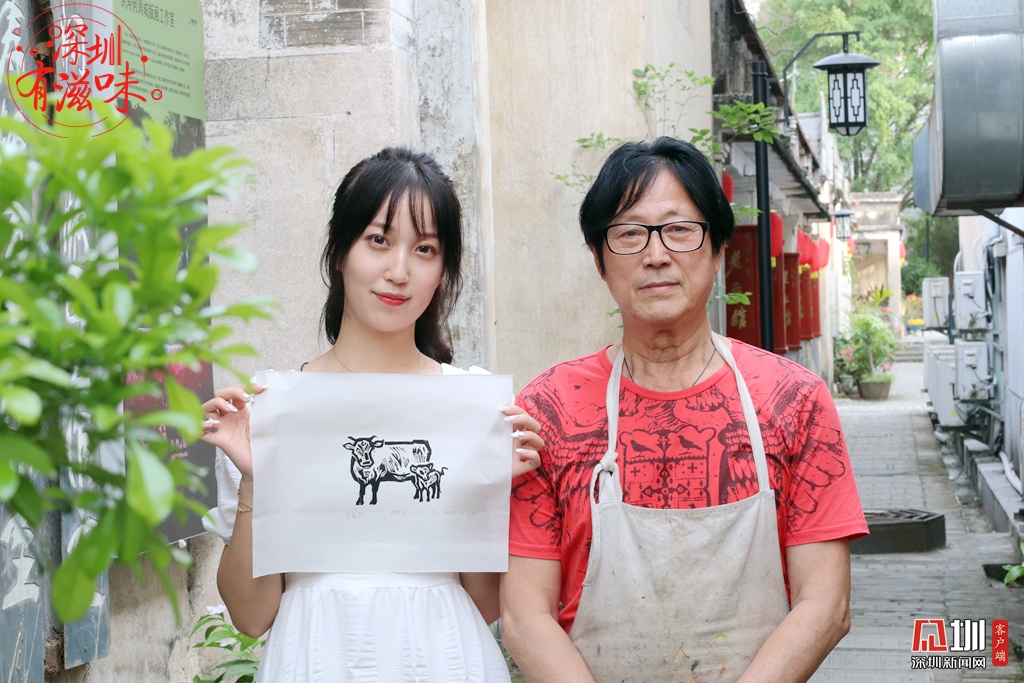
深圳新聞網(wǎng)記者羅嘉欣在洪濤老師(右)的指導(dǎo)下,完成了一幅舔犢情深的牛主題版畫。
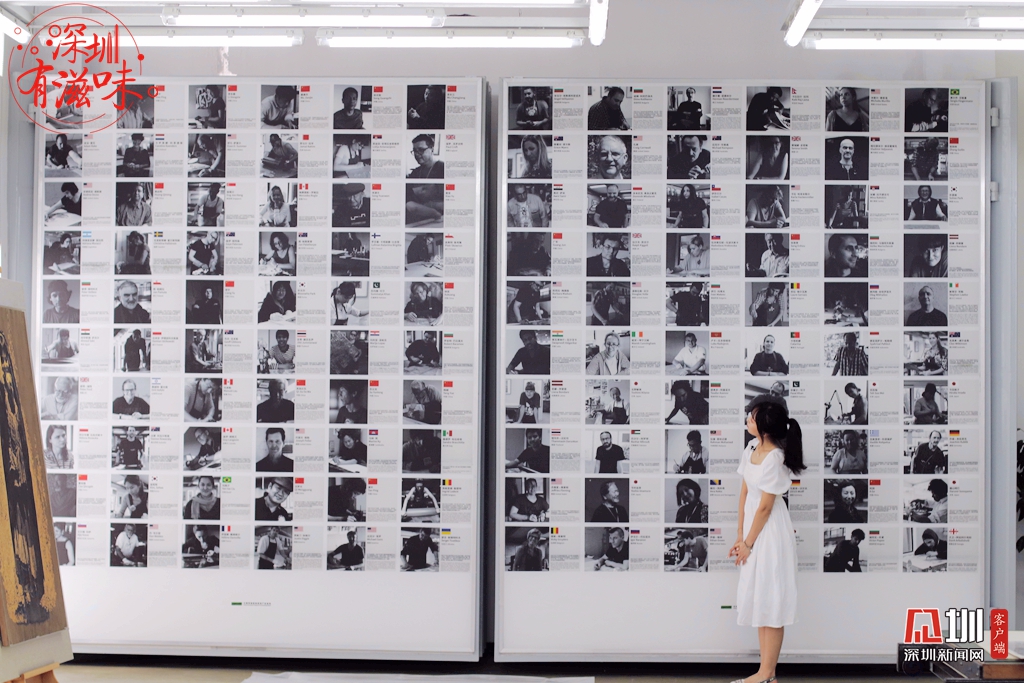
全球98個國家超過1000位藝術(shù)家在觀瀾版畫村版畫工坊進(jìn)行過創(chuàng)作。
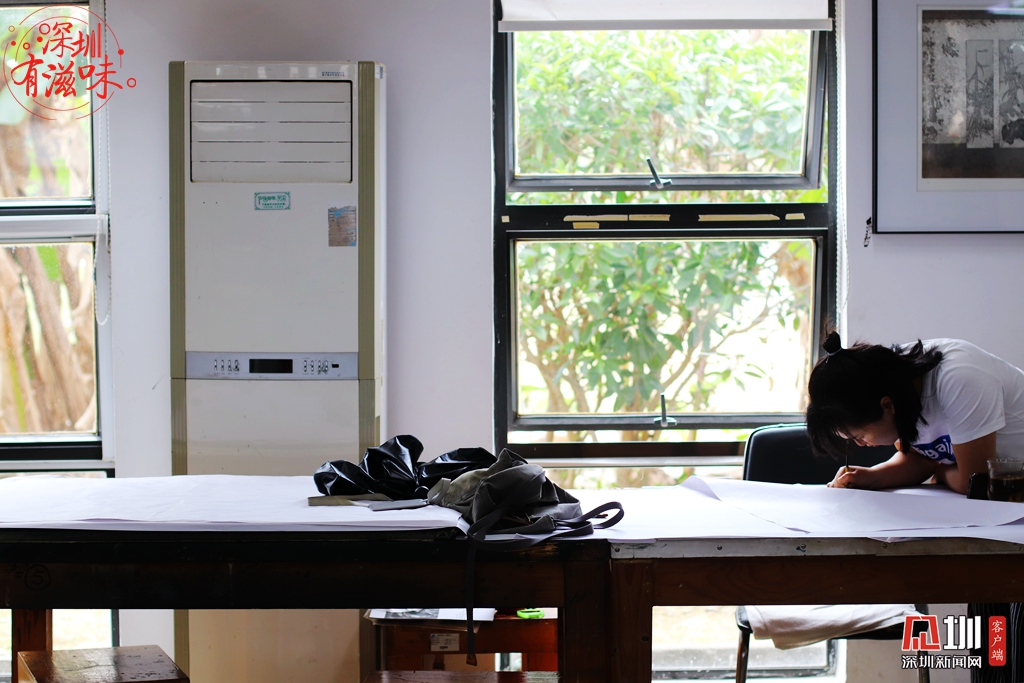
采訪的當(dāng)天,有藝術(shù)家正在版畫工坊進(jìn)行創(chuàng)作。

落英繽紛。
觀瀾版畫村很好地將版畫藝術(shù)與客家古村落融合,形成一幅景色絕美的田園山水畫。漫步于版畫村,你可以在版畫基地或藝術(shù)家工作室學(xué)習(xí)如何制作版畫,在午后于簡悅書吧尋一份寧靜,也可以以行走于矮矮的排屋間感受舊日時光的印記。無論是冒出嫩綠小草的石板路,還是盛開的大片向日葵,都會帶給你不一樣的心動。
Guanlan Printmaking Village is a good combination of printmaking art and Hakka ancient villages, forming a beautiful pastoral landscape painting. Wander through Print Village, where you can learn how to make prints at a print base or an artist's studio, find peace in the Jianyue Book Bar in the afternoon, or feel the hallmarks of the old days as you walk among the low row houses. Whether it is the flagstone road or the large sunflower in full bloom, it will bring you a different experience.
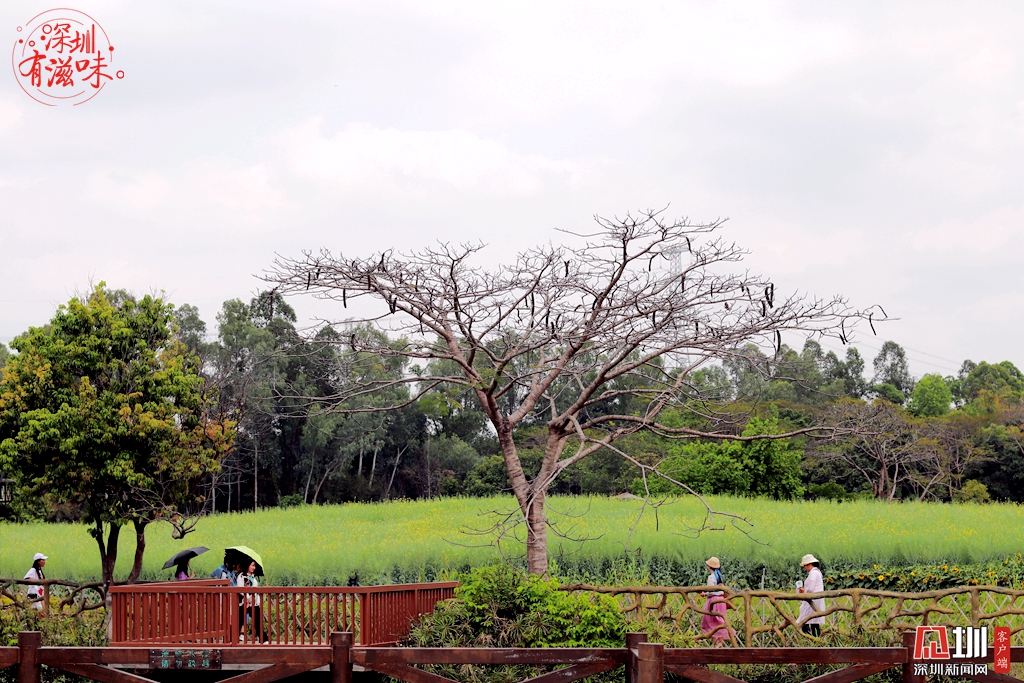
芳草萋萋。

版畫工坊內(nèi)部制作版畫的操作空間一角。
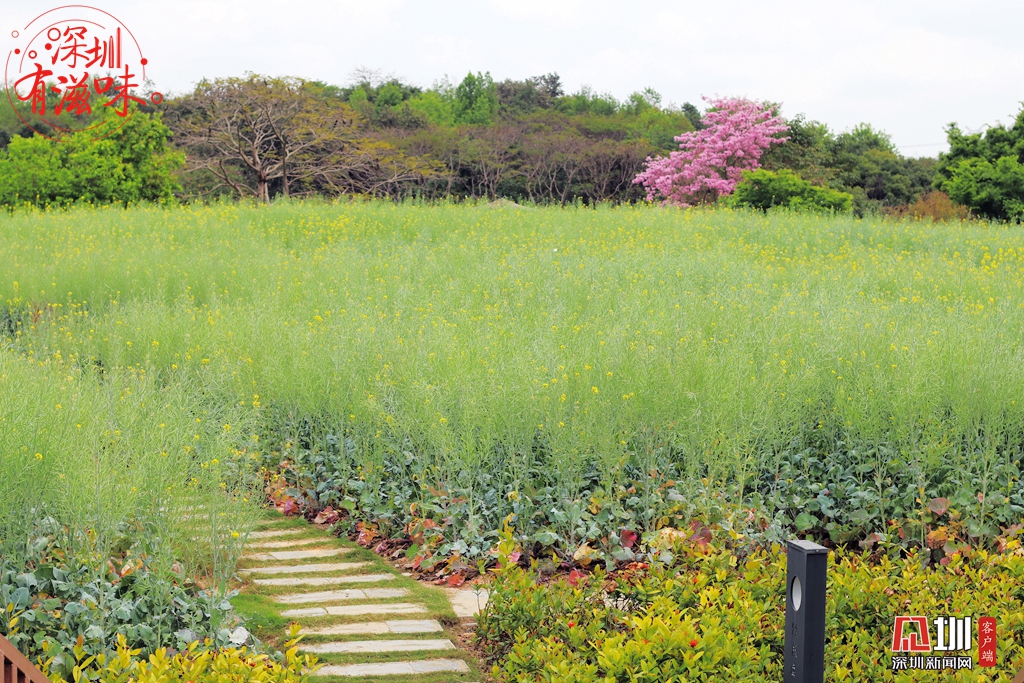
觀瀾版畫村的春天,在油菜花和怒放的一樹繁花里。
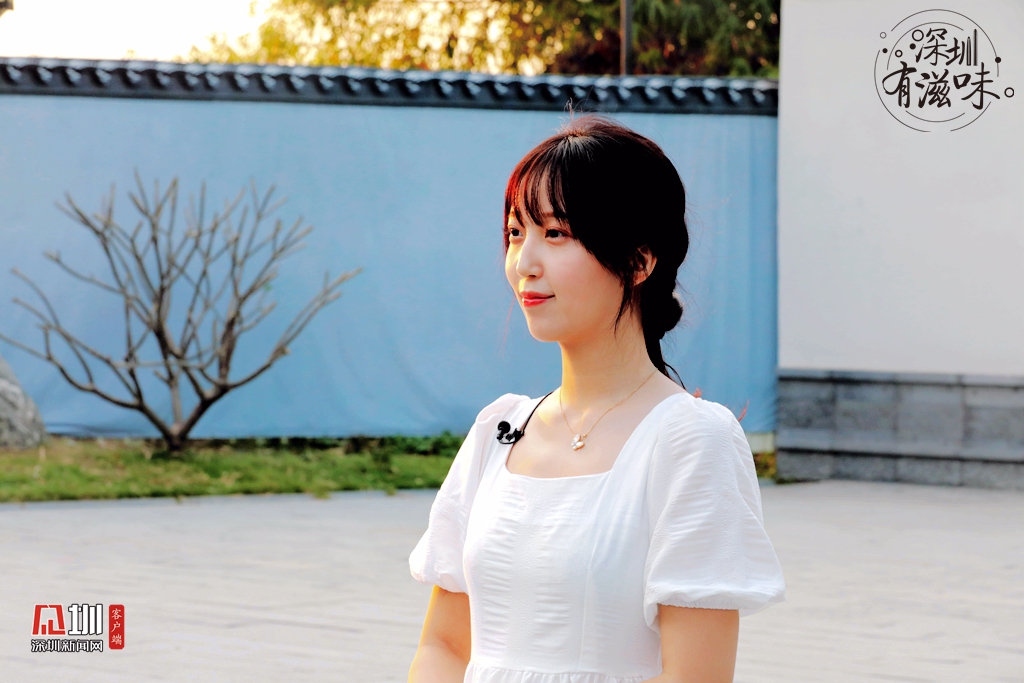
夕陽西下,要告別版畫村了。
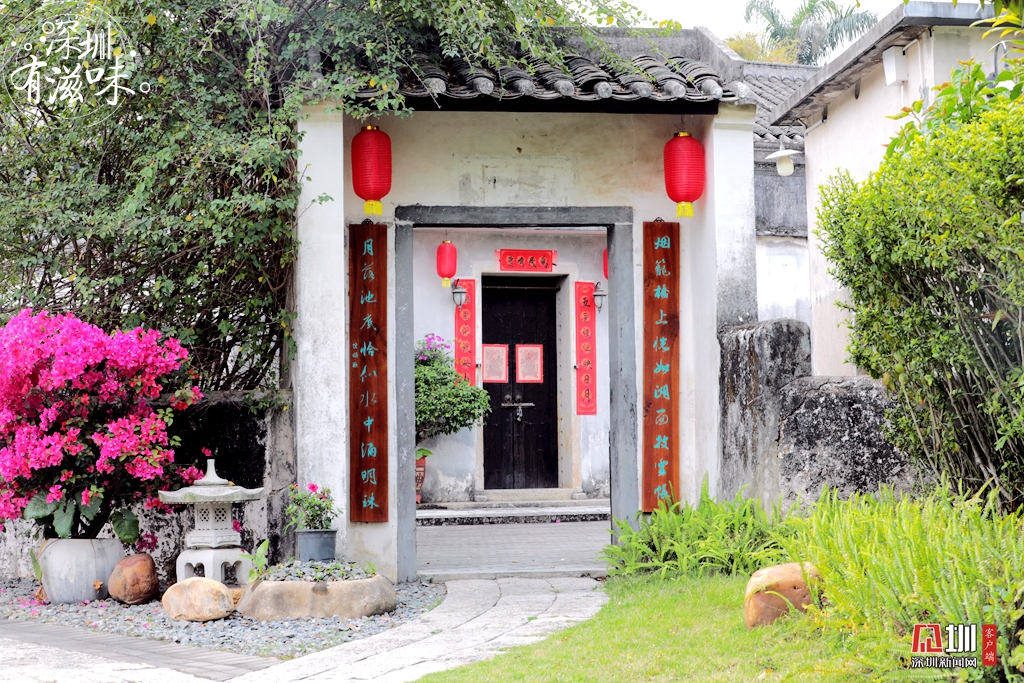
誰不想有這樣的理想居所?
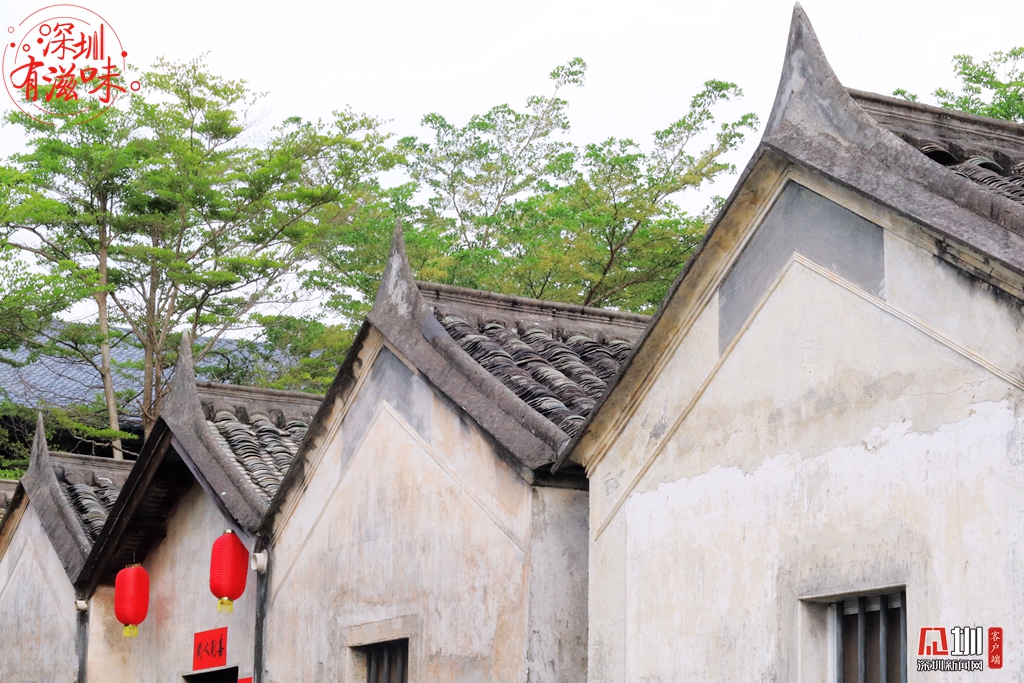
客家排屋屋檐的線條美。
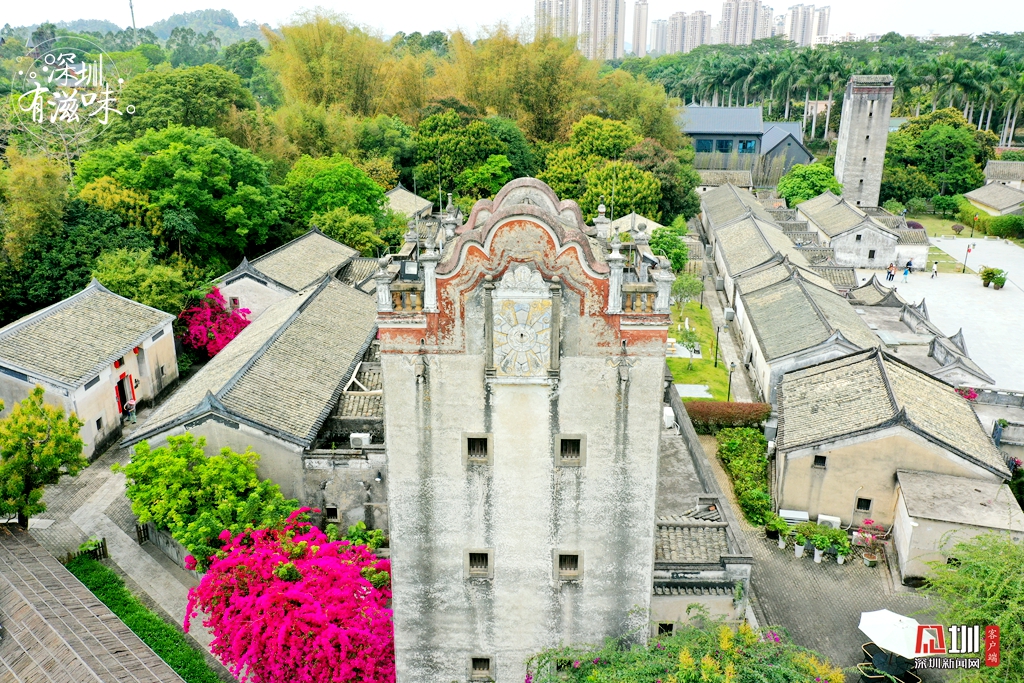
碉樓和排列規(guī)矩整齊的客家圍屋,是深圳觀瀾版畫村最主要的建筑主體。
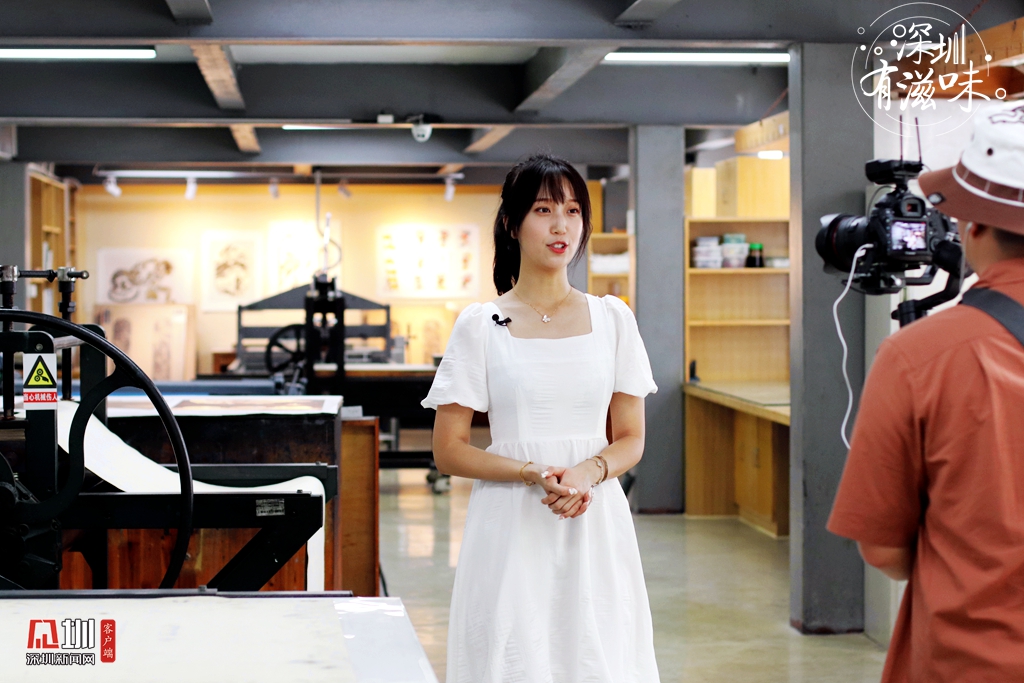
一次走訪,讓我們對版畫這門藝術(shù)有了初步的認(rèn)識。
【游玩信息】
自駕出行,導(dǎo)航至“觀瀾版畫原創(chuàng)產(chǎn)業(yè)基地”即可到達(dá)
公交出行,地鐵4號線在“牛湖”站A口出站后,步行或乘坐的士即可到達(dá)
開放時間:9:30——17:30
門票:無需門票
【Traffic Info】
For self-driving, please search“Guanlan Print Village”
For public transportation, please take Metro Line4 exit from exit A, walk or take taxi
【Opening Hours】
9:30—17:30
No tickets are needed.
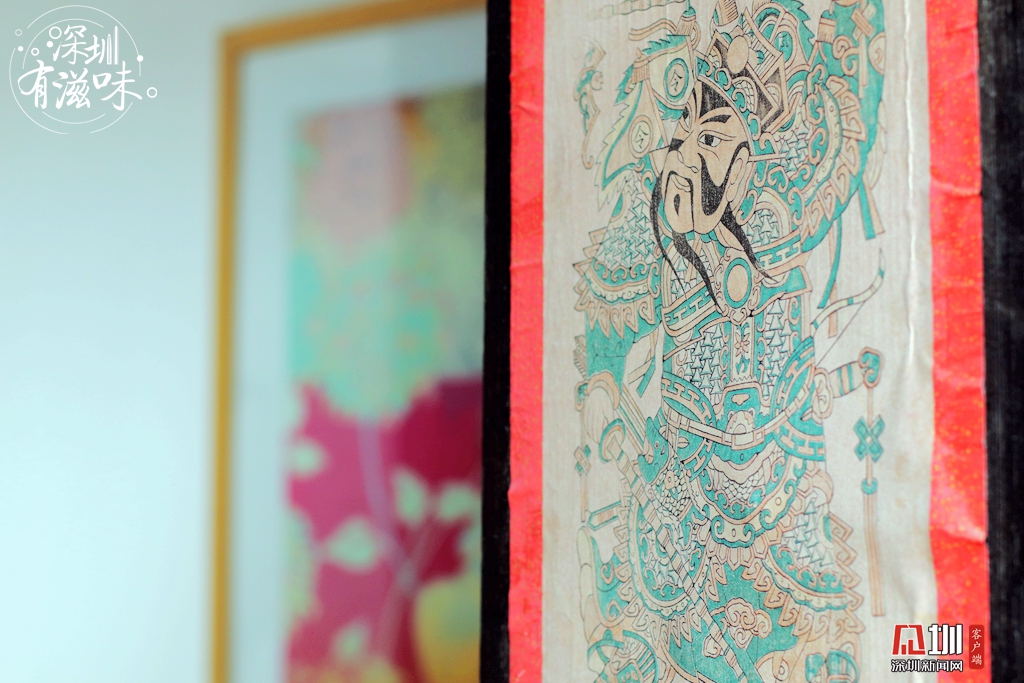
客家老宅與年畫門神。
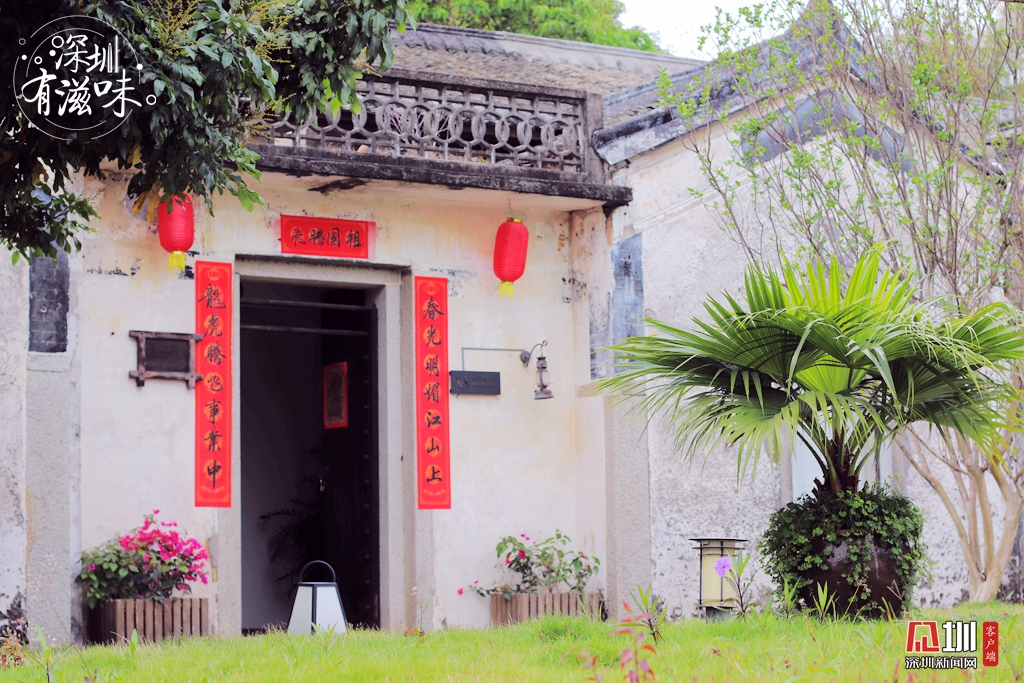
這大概是現(xiàn)代人最向往的心靈家園。
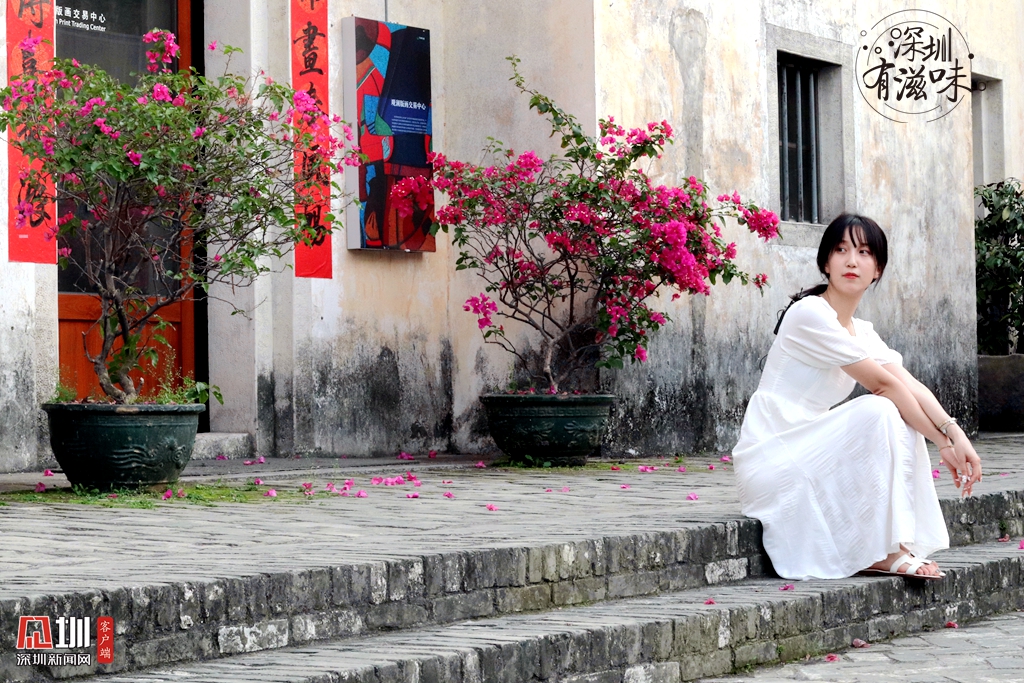
走累了,只想做一個靜靜的美少女。

簕杜鵑綻放在春天里。

簡約美學(xué)。

觀瀾版畫村田園風(fēng)光。

客家排屋中間的園林,精致小巧。
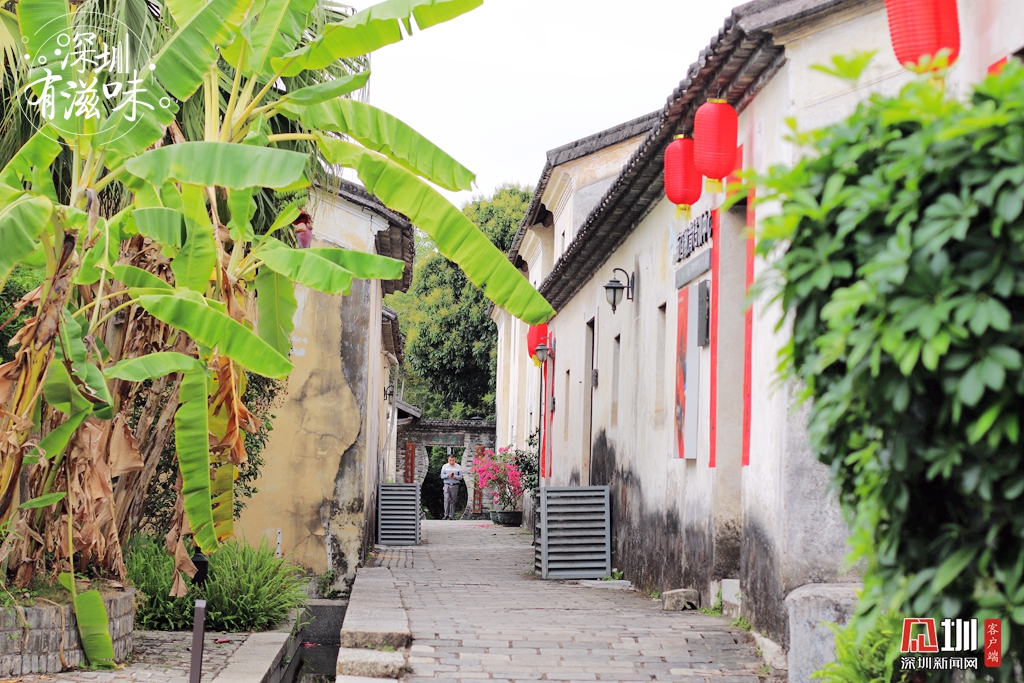
芭蕉樹、紅燈籠、老房子。
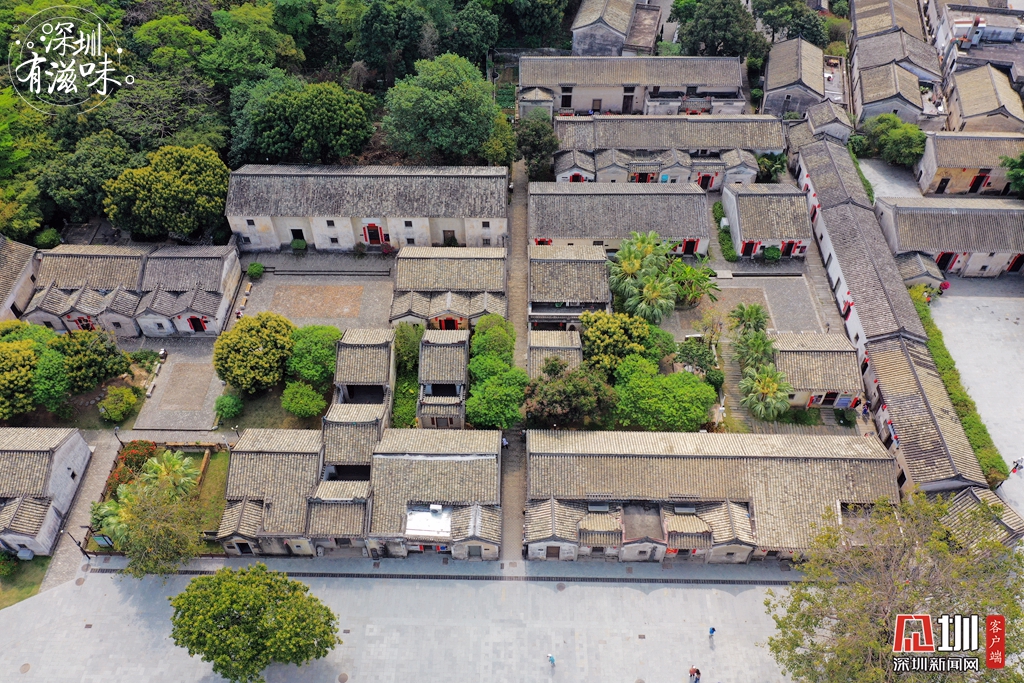
航拍觀瀾版畫村。
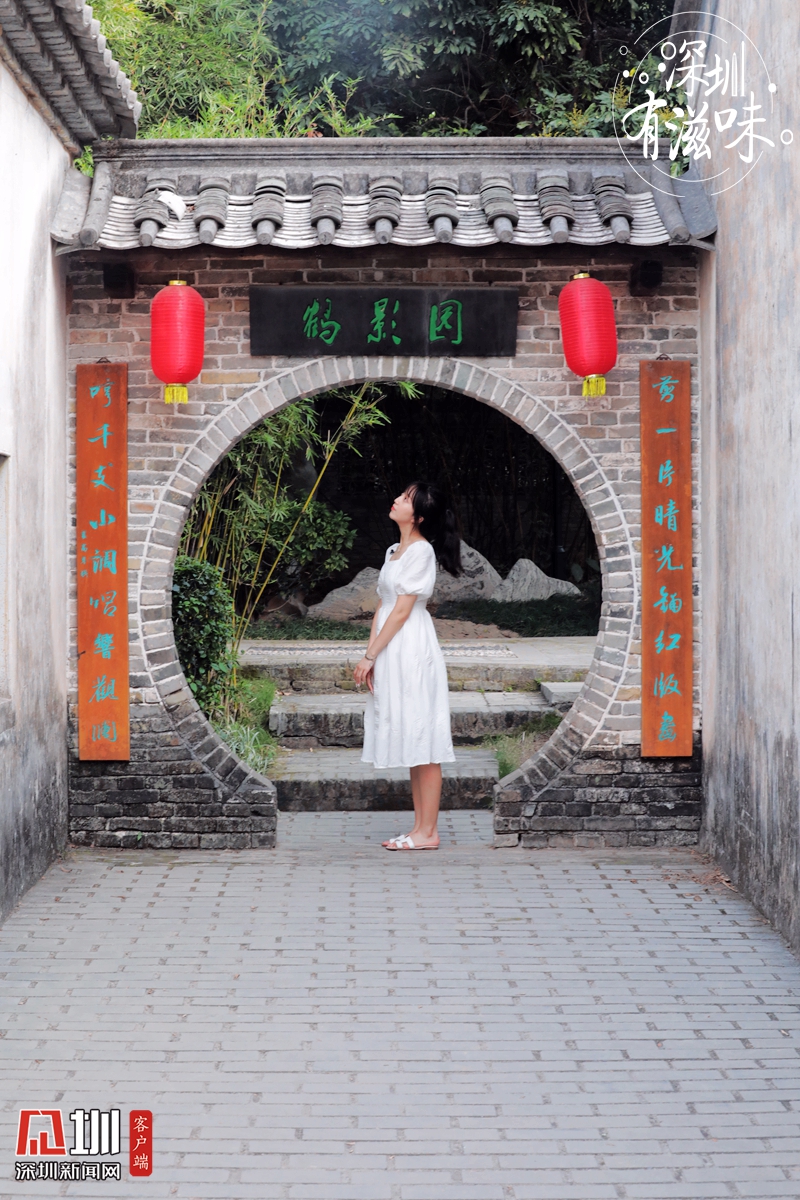
鶴影園。

